Harvest Farms (Ingles Markets)
| Rating |  |
| Products | Fluid Milk |
| Website | https://www.ingles-markets.com/organic |
| Market Area | Southeast |
| Total Score | 10 |
More information on store brands (also called “private label”) coming soon!
| Rubric | Points | Comments and Notes |
|---|---|---|
| TOTAL (possible score is 1100 (plus extra credit)) | 10 | 1-Cow Rating | Poor  |
| Transparency and Disclosure | 0 | Store brand lacking transparency |
|
Brands that rate highest have a close relationship to their milk suppliers. Those that buy milk from industrial or unknown organic suppliers rate lowest. Milk Supply and Ownership Structure | 0 | This brand buys their organic milk from unknown or changeable sources (no information could be determined about milk sourcing due to store branding). |
|
Brands that only produce organic products make the biggest investments — in time and money — in the organic systems that benefit us all. Commitment to Organic Label | 10 | Store brand without any commitment to organic |
|
Pasture management refers to how outdoor areas are managed, with top-rated brands utilizing multiple strategies to maintain high quality pasture, providing environmental and animal welfare benefits. Pasture Management | 0 | Unknown |
|
The grass-fed percentage category reflects diet, with top-rated brands far exceeding the minimum requirements laid out in the organic pasture rule. Grass Fed Percentage | 0 | May meet minimum organic requirements |
|
This category focuses on the sourcing of feed, supplements, and any added ingredients in the diet. The category also accounts for brands that source organic dairy from other operations. Top-rated brands produce all feed on farm or buy inputs locally. Supplemental Feed and Ingredients | 0 | Unknown |
|
Industry standard is to immediately remove calves from their mothers and individually house them. High scores in this area show that brand suppliers use group housing or otherwise promote calf socialization. Calves | 0 | Unknown; likely removed immediately and individually housed |
|
High scoring brands milk only once or twice per day, allowing maximum time for cows to be outside exhibiting natural behaviors. Times Milked Per Day | 0 | Unknown |
|
Lower cull and death rates receive more points (with some exceptions), as it is one indicator of high animal welfare. Deaths & Culls | 0 | Unknown |
|
Brands that closely monitor environmental factors, including soil and water quality, native species, and wildlife, receive the most points. Brands with specific policies and programs to boost environmental sustainability also receive high points. Environmental Impacts and Stewardship | 0 | Unknown |
|
Brands with specific policies and practices to support animal welfare score best. Brands may lose points in this category if they have a history of animal welfare concerns. Animal Welfare | 0 | Unknown |
|
This category is non-scoring and provided for information. Organic Certifier (Informational) | Unknown (determined by supplier) | |
|
Third-party labels carried by individual brands or product lines are listed here for more information. These are not scored, but some third-party labels may receive extra credit. Add On Labels (Informational) | Unknown (check packaging) | |
|
Herd size refers to the number of adult cows in the milking herd. The general denotation for herd size (large, medium, and small) is based on the legal definition of “Concentrated Animal Feeding Operation”. Herd Size(s) (Informational) | Unknown | |
|
Brands may receive extra credit for practices and polices not reflected in the scorecard (see notes for details). Extra Credit | None | |
|
The adjustment section is where any notes and adjustments to the score are indicated, such as penalties for non-compliances. Adjustments & Notes | None |

